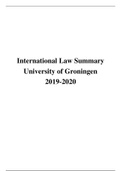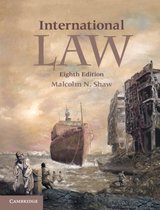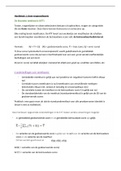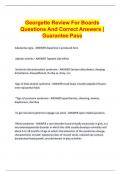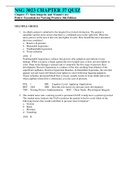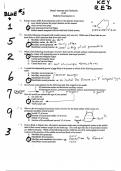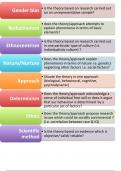Resume
International law summary
- Cours
- Établissement
- Book
This document covers the whole course in detail and is a comprehensive summary of the lectures and reading material which has been condensed and integrated into each other. This is a lengthy document but if you want to save time on reading the book you will find it is nicely summarised and placed l...
[Montrer plus]
